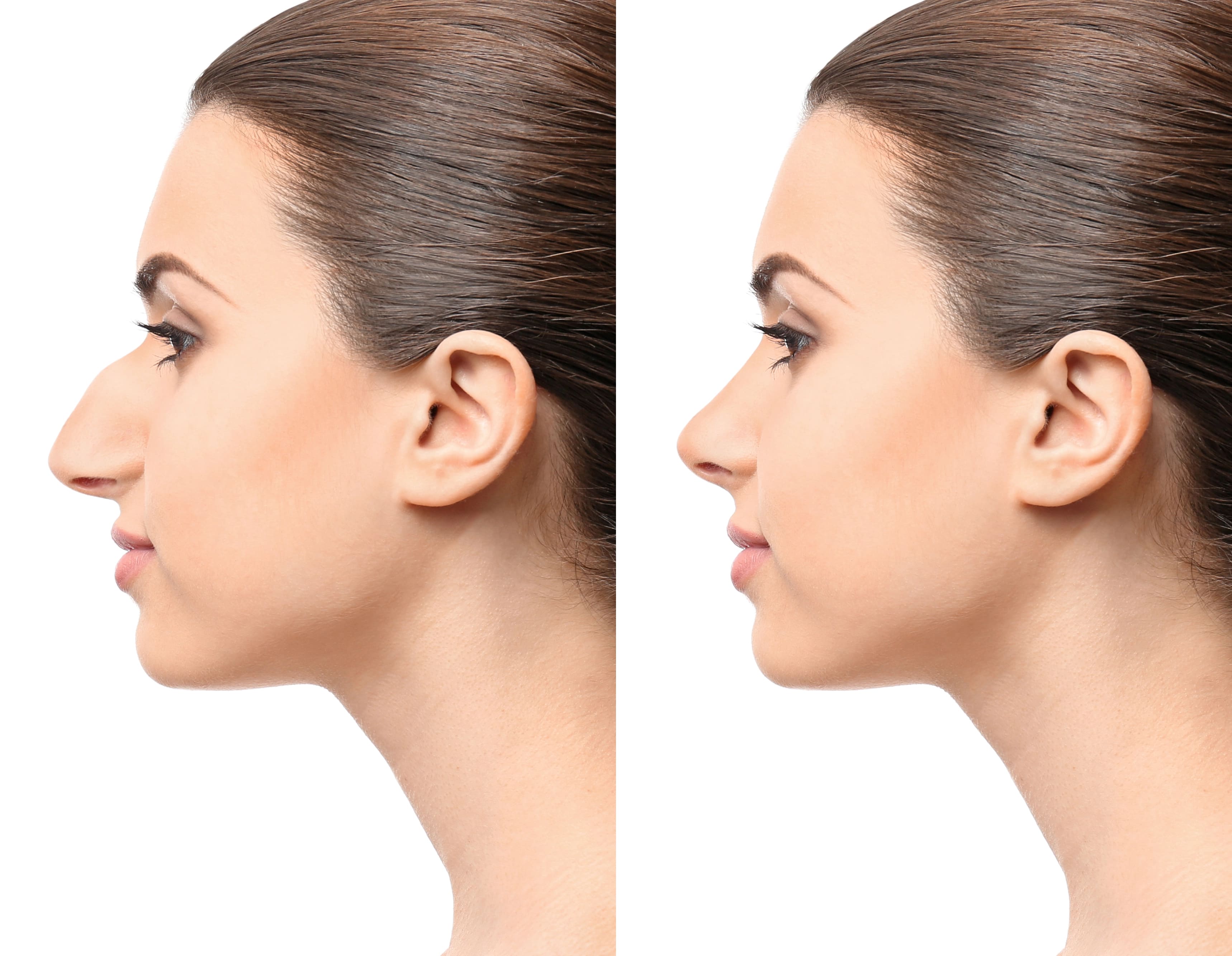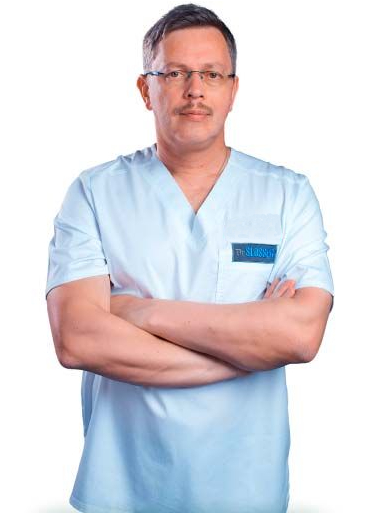Rhinoplasty: 10 Questions to Ask Your Surgeon Before Surgery
Rhinoplasty is one of the most popular procedures in modern plastic surgery. Performing this operation requires deep anatomical knowledge, aesthetic sense, and significant surgical experience. For the patient, it is equally important not only to find a qualified surgeon but also to come well-prepared for the consultation. One of the key steps is asking your surgeon the right questions. This will help you understand whether the doctor shares your vision and whether you can achieve the desired result together.
Here are 10 key questions every patient should discuss with their plastic surgeon before deciding to undergo rhinoplasty.
1. What is your experience with rhinoplasty?
Ask how many rhinoplasties the surgeon performs annually and how many years they have been specializing in this field. This will give you a better idea of their expertise and practical level.
2. Can I see before-and-after photos of your patients?
A portfolio helps evaluate the surgeon’s aesthetic approach and whether their vision aligns with yours. Pay attention to the natural look and harmony of results—overly “doll-like” noses may look attractive on social media influencers and celebrities but may not suit every patient.
3. What type of rhinoplasty do you recommend in my case?
There are three main types of rhinoplasty:
- Aesthetic rhinoplasty (improving proportions and nose shape),
- Functional rhinoplasty (correcting septal deviation, fractures, or breathing issues),
- Reconstructive rhinoplasty (restoring the nose after burns, injuries, or accidents).
Some patients may also require revision rhinoplasty if they are dissatisfied with the results of a previous procedure or have functional problems.
Open rhinoplasty involves a small incision on the columella, providing full access to the nasal structures, often used in complex or revision cases. In closed rhinoplasty, all incisions are made inside the nose.
Your surgeon should explain which method is best suited for your anatomy and why.

4. What realistic results can I expect?
An experienced surgeon will set realistic expectations based on your unique anatomy.
For instance, thick nasal skin can influence both the healing process and the final outcome. In such cases, surgeons may use techniques like soft tissue reduction, micro-liposuction, and careful framework refinement to achieve better definition. However, because thick, sebaceous skin has a denser vascular network, swelling may last longer, and final results may only become visible months later.
5. How will surgery affect my breathing?
Rhinoplasty can be combined with septoplasty to improve breathing. Straightening the septum, widening the nasal valves, or restoring airway symmetry can significantly improve airflow once swelling subsides.
Breathing problems may occur if too much cartilage or bone is removed, weakening nasal support structures, or if prolonged swelling obstructs airflow.
6. What risks and complications should I be aware of?
No surgery is entirely risk-free. However, when performed by an experienced surgeon and followed by proper post-op care, risks are minimal.
Early complications may include bleeding and bruising, which usually resolve quickly. Some patients experience temporary numbness at the nasal tip.
If rhinoplasty is performed incorrectly, healing difficulties, scarring, or breathing issues due to over-resection of cartilage may occur.
7. What will the recovery process be like?
Ask how long it will take for swelling to subside, when you can return to work, and when physical activity will be allowed. Keep in mind that the final result is usually visible only after 6–12 months, once all swelling has fully resolved.
8. Will I need revision surgery?
Up to 10% of patients may require revision rhinoplasty due to asymmetry or dissatisfaction with the aesthetic result. Ask how the surgeon approaches such cases.
9. How should I prepare for the operation?
Preoperative preparation often includes avoiding smoking and alcohol, adjusting certain medications, and undergoing lab tests. These steps are crucial for optimal healing.
10. What are the financial terms?
Clarify what is included in the price of rhinoplasty: the surgery itself, anesthesia, hospital stay, follow-up care, and surgeon consultations.
Choosing an experienced rhinoplasty surgeon is a decision that affects not only your appearance but also your breathing and self-confidence for years to come. Asking the right questions and having an open discussion with your doctor will help you avoid misunderstandings and achieve the best possible result.
Contact me
Plastic surgeon
Ukraine, Kyiv, Shchekavytska St., 9a
(Clinic "Nove Tilo")


